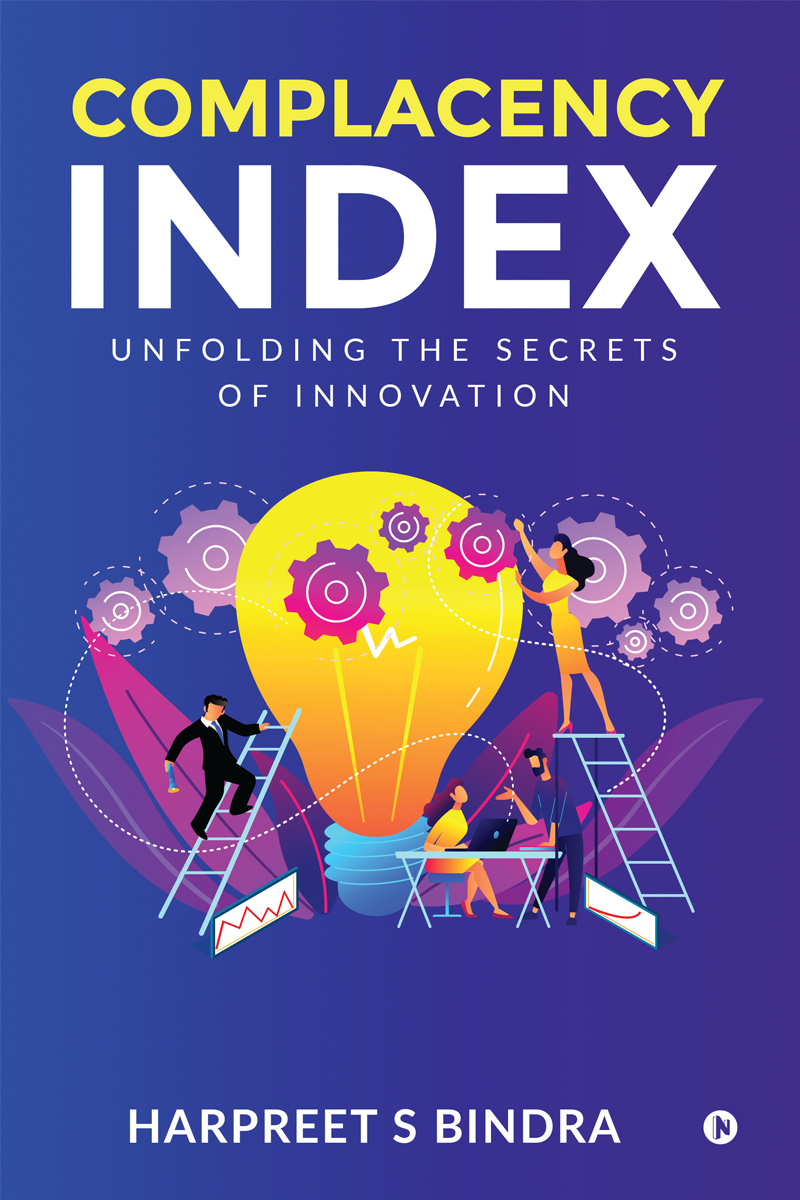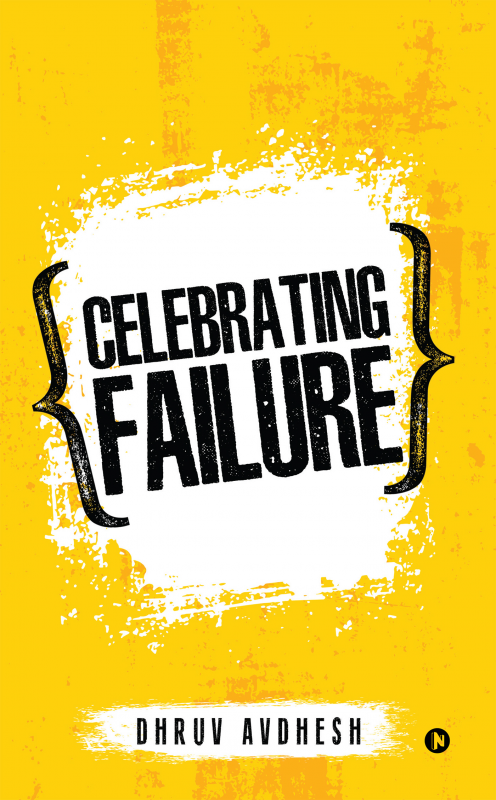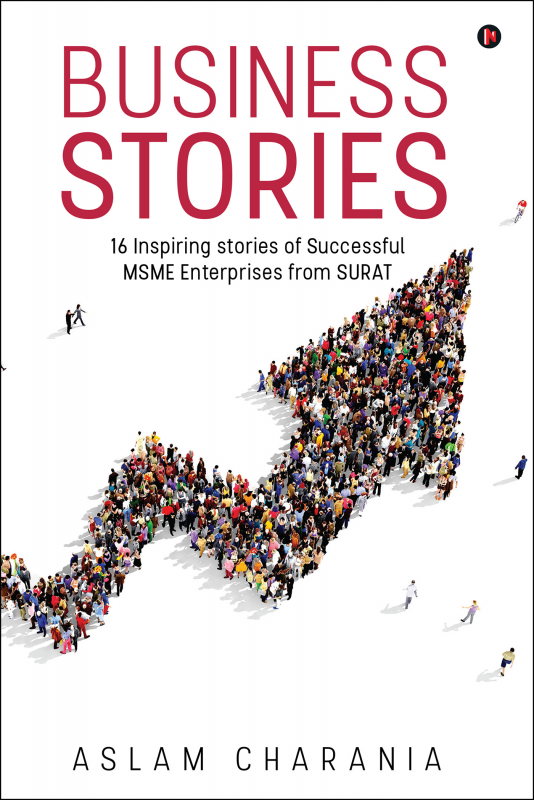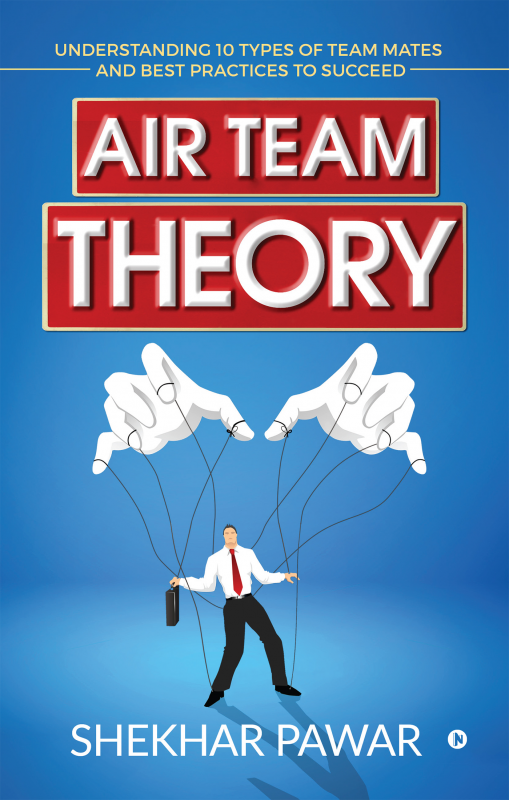
Air Team Theory
401 Reads | 3.3 out of 5 (3 Ratings)
Business
Every team consists of KEY performers, who bring glory, as well as negative VIRUSES, who contribute to the poisonous pollution at the workplace. Just like dry air has ten types of gas components, each with distinctive characteristics, every team has different types of teammates with unique characteristics. Want to identify the Nitrogen (N2), Oxygen (O2), Argon (Ar), Hydrogen (H2), Methane (CH4), Krypton (Kr), Helium (He), Neon (Ne), Xenon (Xe) and Carbon Dioxide (CO2) within your team? Check out the Air Team Theory!
The Air Team Theory compares the characteristics of each teammate type to the characteristics of each gas. It shares scenarios, conversations and behavior patterns of different teammate types. This book also shares the best practices and experiences to effectively lead all the ten types of teammates as one team.
This book is for you if you are either a team member or a manager or a director or from top management or an entrepreneur or a leader working with any type or size of team.
Most of you will see yourself and even your teammates in at least one of the teammate types explained in this book. The book will make you smile and even bring different emotions to your face as you recall bitter and sweet instances that have happened at your office. It provides useful recommendations and proven solutions for any leader to increase the productivity of any team using simple tips and techniques.
Amazing book!
 "radhika sing ravishankar"
"radhika sing ravishankar"interesting
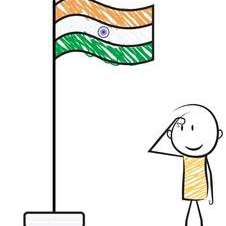 "shristi r"
"shristi r"interesting
Dedication
 01-01-1970
01-01-1970
 01-01-1970
01-01-1970
 1 Mins read
1 Mins read
 70 Readers
70 Readers
 4 Comments
4 Comments
Foreword
 01-01-1970
01-01-1970
 01-01-1970
01-01-1970
 1 Mins read
1 Mins read
 51 Readers
51 Readers
 0 Comments
0 Comments
Preface
 01-01-1970
01-01-1970
 01-01-1970
01-01-1970
 2 Mins read
2 Mins read
 49 Readers
49 Readers
 3 Comments
3 Comments
Acknowledgment
 01-01-1970
01-01-1970
 01-01-1970
01-01-1970
 1 Mins read
1 Mins read
 39 Readers
39 Readers
 0 Comments
0 Comments
Part I – Understanding the Birth
 01-01-1970
01-01-1970
 01-01-1970
01-01-1970
 1 Mins read
1 Mins read
 37 Readers
37 Readers
 0 Comments
0 Comments
Chapter 1: What is Air Team Theory?
 01-01-1970
01-01-1970
 01-01-1970
01-01-1970
 3 Mins read
3 Mins read
 20 Readers
20 Readers
 0 Comments
0 Comments
Chapter 2: Setting the Expectations
 01-01-1970
01-01-1970
 01-01-1970
01-01-1970
 4 Mins read
4 Mins read
 11 Readers
11 Readers
 0 Comments
0 Comments
Part II – Learning the Components
 01-01-1970
01-01-1970
 01-01-1970
01-01-1970
 1 Mins read
1 Mins read
 11 Readers
11 Readers
 0 Comments
0 Comments
Chapter 3: 2 - Necessity Driven Teammates
 01-01-1970
01-01-1970
 01-01-1970
01-01-1970
 6 Mins read
6 Mins read
 8 Readers
8 Readers
 0 Comments
0 Comments
Chapter 4: 2 - Pillar Teammates
 01-01-1970
01-01-1970
 01-01-1970
01-01-1970
 7 Mins read
7 Mins read
 8 Readers
8 Readers
 0 Comments
0 Comments
Chapter 5: Ar - Binder Teammates
 01-01-1970
01-01-1970
 01-01-1970
01-01-1970
 3 Mins read
3 Mins read
 8 Readers
8 Readers
 0 Comments
0 Comments
Chapter 6: 2 - Fuel Teammates
 01-01-1970
01-01-1970
 01-01-1970
01-01-1970
 4 Mins read
4 Mins read
 8 Readers
8 Readers
 0 Comments
0 Comments
Chapter 7: 4 - Environment-Friendly Teammates 7
 01-01-1970
01-01-1970
 01-01-1970
01-01-1970
 4 Mins read
4 Mins read
 7 Readers
7 Readers
 0 Comments
0 Comments
Chapter 8: Ne - Shiny Teammates
 01-01-1970
01-01-1970
 01-01-1970
01-01-1970
 4 Mins read
4 Mins read
 7 Readers
7 Readers
 0 Comments
0 Comments
Chapter 9: Kr - Neutral Teammates
 01-01-1970
01-01-1970
 01-01-1970
01-01-1970
 3 Mins read
3 Mins read
 5 Readers
5 Readers
 0 Comments
0 Comments
Chapter 10: He - No Ownership Teammates
 01-01-1970
01-01-1970
 01-01-1970
01-01-1970
 3 Mins read
3 Mins read
 3 Readers
3 Readers
 0 Comments
0 Comments
Chapter 11: Xe - Timepasser Teammates
 01-01-1970
01-01-1970
 01-01-1970
01-01-1970
 3 Mins read
3 Mins read
 4 Readers
4 Readers
 0 Comments
0 Comments
Chapter 12: 2 - Damaging Teammates
 01-01-1970
01-01-1970
 01-01-1970
01-01-1970
 9 Mins read
9 Mins read
 3 Readers
3 Readers
 0 Comments
0 Comments
Chapter 13: Teammate Type 11 - Any Guesses?
 01-01-1970
01-01-1970
 01-01-1970
01-01-1970
 2 Mins read
2 Mins read
 3 Readers
3 Readers
 0 Comments
0 Comments
Part III – Applying the Knowledge
 01-01-1970
01-01-1970
 01-01-1970
01-01-1970
 1 Mins read
1 Mins read
 3 Readers
3 Readers
 0 Comments
0 Comments
Chapter 14: Prepare the Team’s Goal
 01-01-1970
01-01-1970
 01-01-1970
01-01-1970
 4 Mins read
4 Mins read
 3 Readers
3 Readers
 0 Comments
0 Comments
Chapter 15: Give Opportunity to Explore Human Insights
 01-01-1970
01-01-1970
 01-01-1970
01-01-1970
 2 Mins read
2 Mins read
 2 Readers
2 Readers
 0 Comments
0 Comments
Chapter 16: Be Approachable
 01-01-1970
01-01-1970
 01-01-1970
01-01-1970
 5 Mins read
5 Mins read
 2 Readers
2 Readers
 0 Comments
0 Comments
Chapter 17: Positioning of Teammates is Important
 01-01-1970
01-01-1970
 01-01-1970
01-01-1970
 2 Mins read
2 Mins read
 2 Readers
2 Readers
 0 Comments
0 Comments
Chapter 18: Remember, Every Mistake has an Eraser
 01-01-1970
01-01-1970
 01-01-1970
01-01-1970
 2 Mins read
2 Mins read
 2 Readers
2 Readers
 0 Comments
0 Comments
Chapter 19: Take a Stand with the Team and for the Team
 01-01-1970
01-01-1970
 01-01-1970
01-01-1970
 4 Mins read
4 Mins read
 3 Readers
3 Readers
 0 Comments
0 Comments
Chapter 20: Remember the Five Whys Formula
 01-01-1970
01-01-1970
 01-01-1970
01-01-1970
 2 Mins read
2 Mins read
 4 Readers
4 Readers
 0 Comments
0 Comments
Chapter 21: Use Emails only When Really Required
 01-01-1970
01-01-1970
 01-01-1970
01-01-1970
 2 Mins read
2 Mins read
 4 Readers
4 Readers
 0 Comments
0 Comments
Chapter 22: Unhealthy Competition is Bad
 01-01-1970
01-01-1970
 01-01-1970
01-01-1970
 3 Mins read
3 Mins read
 3 Readers
3 Readers
 0 Comments
0 Comments
Chapter 23: Build Your Informal Network
 01-01-1970
01-01-1970
 01-01-1970
01-01-1970
 2 Mins read
2 Mins read
 2 Readers
2 Readers
 0 Comments
0 Comments
Chapter 24: Unlearn - Learn - Relearn
 01-01-1970
01-01-1970
 01-01-1970
01-01-1970
 2 Mins read
2 Mins read
 2 Readers
2 Readers
 0 Comments
0 Comments
Chapter 25: Never Lose Emotional Intelligence
 01-01-1970
01-01-1970
 01-01-1970
01-01-1970
 4 Mins read
4 Mins read
 1 Readers
1 Readers
 0 Comments
0 Comments
Chapter 26: Caring + Sharing + Daring + Producing = Leadership
 01-01-1970
01-01-1970
 01-01-1970
01-01-1970
 2 Mins read
2 Mins read
 1 Readers
1 Readers
 0 Comments
0 Comments
Chapter 27: Manage Healthy Politics
 01-01-1970
01-01-1970
 01-01-1970
01-01-1970
 5 Mins read
5 Mins read
 1 Readers
1 Readers
 0 Comments
0 Comments
Chapter 28: Expectations are NOT Ok
 01-01-1970
01-01-1970
 01-01-1970
01-01-1970
 2 Mins read
2 Mins read
 2 Readers
2 Readers
 0 Comments
0 Comments
Part IV – Team for Startup
 01-01-1970
01-01-1970
 01-01-1970
01-01-1970
 1 Mins read
1 Mins read
 1 Readers
1 Readers
 0 Comments
0 Comments
Chapter 29: Understanding the Difference
 01-01-1970
01-01-1970
 01-01-1970
01-01-1970
 4 Mins read
4 Mins read
 1 Readers
1 Readers
 0 Comments
0 Comments
Chapter 30: Partner Sounds Like
 01-01-1970
01-01-1970
 01-01-1970
01-01-1970
 3 Mins read
3 Mins read
 1 Readers
1 Readers
 0 Comments
0 Comments
Chapter 31: Coffee Helps
 01-01-1970
01-01-1970
 01-01-1970
01-01-1970
 9 Mins read
9 Mins read
 2 Readers
2 Readers
 0 Comments
0 Comments
Chapter 32: Name with an Aim
 01-01-1970
01-01-1970
 01-01-1970
01-01-1970
 2 Mins read
2 Mins read
 2 Readers
2 Readers
 0 Comments
0 Comments
A Puzzle
 01-01-1970
01-01-1970
 01-01-1970
01-01-1970
 1 Mins read
1 Mins read
 3 Readers
3 Readers
 0 Comments
0 Comments
Afterword
 01-01-1970
01-01-1970
 01-01-1970
01-01-1970
 1 Mins read
1 Mins read
 2 Readers
2 Readers
 0 Comments
0 Comments
